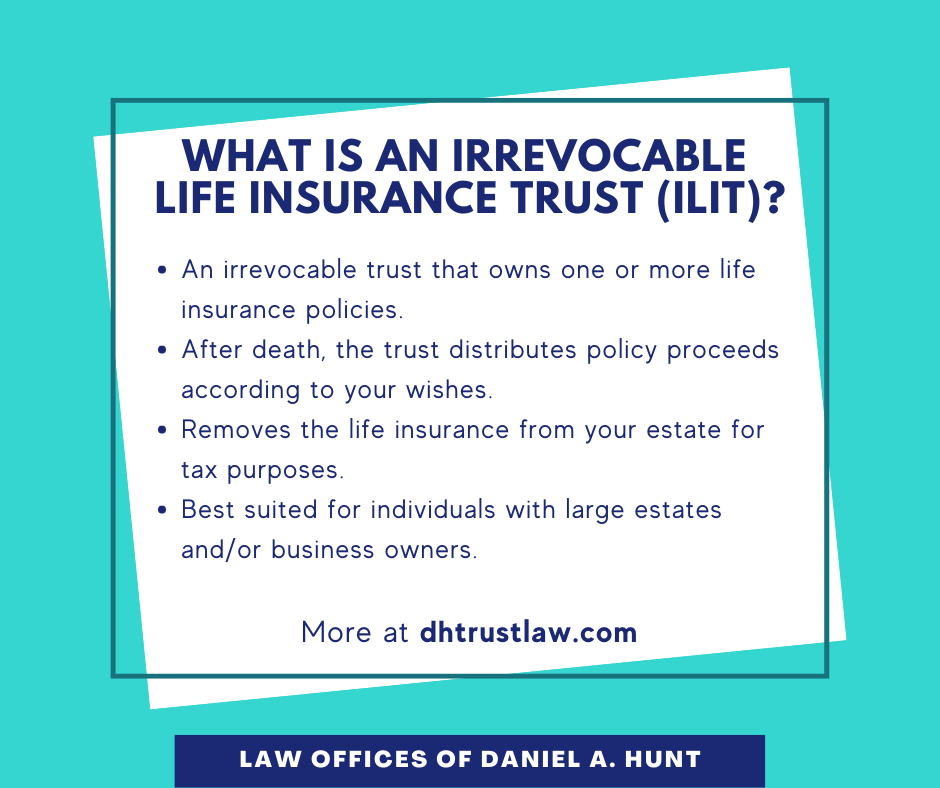The Ultimate Guide To Pacific Prime
The Ultimate Guide To Pacific Prime
Blog Article
Pacific Prime for Dummies
Table of ContentsSome Known Facts About Pacific Prime.Unknown Facts About Pacific PrimePacific Prime Can Be Fun For EveryoneEverything about Pacific PrimeHow Pacific Prime can Save You Time, Stress, and Money.

This is because the data were accumulated for a duration of solid economic performance. Of the estimated 42 million people that were uninsured, all however about 420,000 (about 1 percent) were under 65 years of age, the age at which most Americans come to be eligible for Medicare; 32 million were grownups between ages 18 and 65, around 19 percent of all grownups in this age group; and 10 million were youngsters under 18 years old, about 13.9 percent of all youngsters (Mills, 2000).
These price quotes of the number of persons without insurance are produced from the yearly March Supplement to the Existing Populace Study (CPS), carried out by the Demographics Bureau. Unless otherwise noted, nationwide quotes of people without health insurance and percentages of the population with different type of coverage are based on the CPS, one of the most extensively utilized resource of quotes of insurance policy coverage and uninsurance rates.
Our Pacific Prime Ideas

Still, the CPS is specifically helpful due to the fact that it creates yearly price quotes reasonably quickly, reporting the previous year's insurance policy coverage estimates each September, and since it is the basis for a constant collection of estimates for greater than two decades, allowing for evaluation of trends in coverage in time. For these factors, as well as the comprehensive use of the CPS in other research studies of insurance policy coverage that exist in this report, we rely upon CPS estimates, with limitations kept in mind.

The quote of the number of without insurance individuals increases when a population's insurance condition is tracked for several years. Over a three-year period starting early in 1993, 72 million individuals, 29 percent of the united state populace, lacked protection for at the very least one month. Within a single year (1994 ), 53 million people experienced at least a month without insurance coverage (Bennefield, 1998a)
Six out of every ten without insurance grownups are themselves employed. Although functioning does boost the chance that one and one's family participants will have insurance coverage, it is not an assurance. Also participants of family members with 2 permanent breadwinner have virtually a one-in-ten opportunity of being without insurance (9.1 percent uninsured price) (Hoffman and Pohl, 2000).
The Best Guide To Pacific Prime
New immigrants make up a substantial percentage of people without medical insurance. One analysis has attributed a substantial portion of the current development in the dimension of the U.S. uninsured population to immigrants who showed up in the nation between 1994 and 1998 (Camarota and Edwards, 2000). Recent immigrants (those that came to the United States within the past 4 years) do have a high rate of being without insurance (46 percent), yet they and their children account for just 6 percent of those without insurance policy nationally (Holahan et al., 2001).
The partnership between medical insurance and access to care is well established, as documented later in this phase. Although the relationship between medical insurance and wellness end results is neither straight nor easy, a considerable scientific and health and wellness solutions study literary works links medical insurance coverage to improved access to care, much better top quality, and enhanced personal and population health standing.
Levels of evaluation for checking out the impacts of uninsurance. This conversation of health insurance protection concentrates mostly on the united state populace under age 65 since essentially find out this here all Americans 65 and older have Medicare or other public protection. It concentrates particularly on those without any kind of wellness insurance policy for any size of time.
Some Known Questions About Pacific Prime.
The issues encountered by the underinsured are in some aspects similar to those dealt with by the uninsured, although they are usually less serious. Wellness insurance, nonetheless, is neither essential nor sufficient to gain access to medical services. The independent and straight impact of health and wellness insurance policy coverage on access to health solutions is well developed.
Others will obtain the wellness treatment they need even without health and wellness insurance, by spending for it expense or seeking it from companies who use care cost-free or at very subsidized prices. For still others, medical insurance alone does not make certain invoice of treatment as a result of various other nonfinancial obstacles, such as an absence of healthcare service providers in their neighborhood, minimal accessibility to transportation, illiteracy, or linguistic and cultural distinctions.
Pacific Prime Fundamentals Explained
Official research study about uninsured populaces in the USA dates to the late 1920s and early 1930s when the Committee on the Price of Medical Treatment generated a series of records about financing physician office sees and hospital stays. This concern became significant as the varieties of clinically indigent climbed up throughout the Great Clinical depression.
Report this page